Focus and equivalent focal length
Author:Film taste Time:2022.08.28
When we buy a camera, we always see a number, that is, the focal length of the lens. For beginners, the focal length is far less intuitive than X times more. What is the difference between 28mm and 105mm? And what focal length do we need? Why do some cameras say the focal length directly, while some cameras (mobile phones) say the equivalent focal length? What is the relationship between them? Let's talk briefly today.
First of all, we need to understand what the focal length is. The focal length in photography is usually represented by millimeters (mm). Of course, we will also see that some old lenses of Leica or Zeiss use centimeters (cm) to represent the focal length. The focal length is not the physical length of the lens, but the measurement method of measuring the gathering or divergence of the light in the optical system, that is, the distance from the center of the lens to the gathering of light. It is also the distance from the lens optical center to the lens optical center, CCD, or CMOS and other imaging plane.
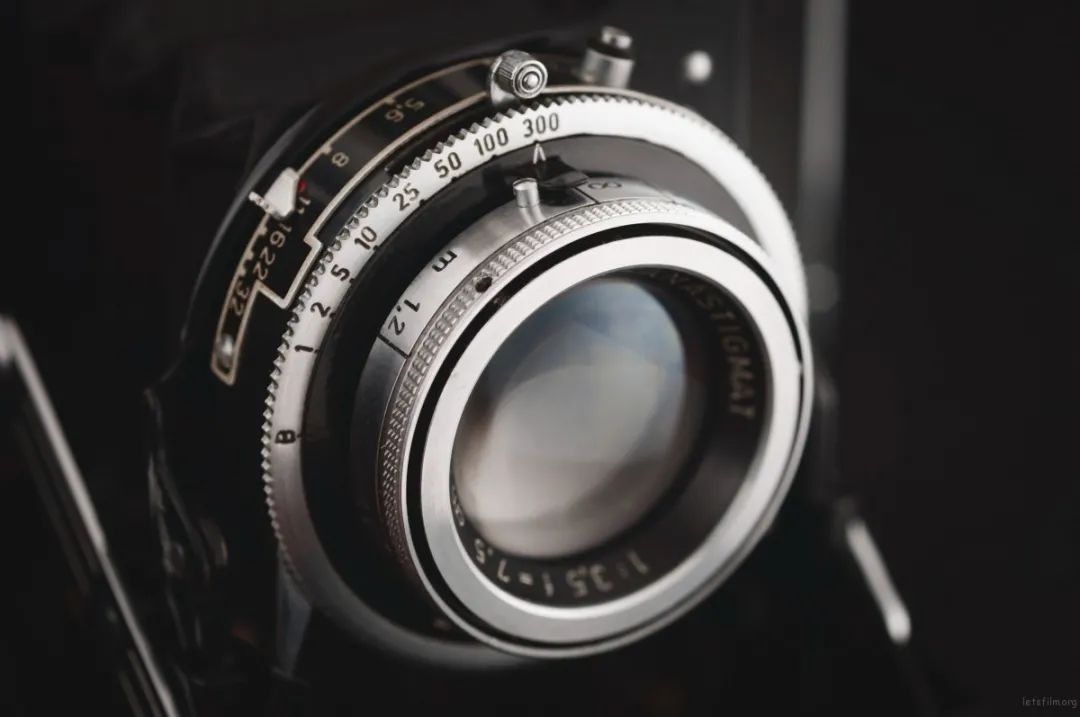
Photo by umberto on unsplash
This may be a bit abstract. We can simply understand that the focal length is the viewing angle of the lens.
The picture below is very intuitive. From this picture, we can see that the shorter the focal length of the lens, the wider the perspective, the longer the focal length, and the narrower the perspective angle. In other words, the short focus can capture a large range of pictures, that is, wide -angle, while the telephoto can only capture pictures within a narrow range, amplify this narrow area to the size of the sensor, as if looking far away functional function The same is the telephoto.
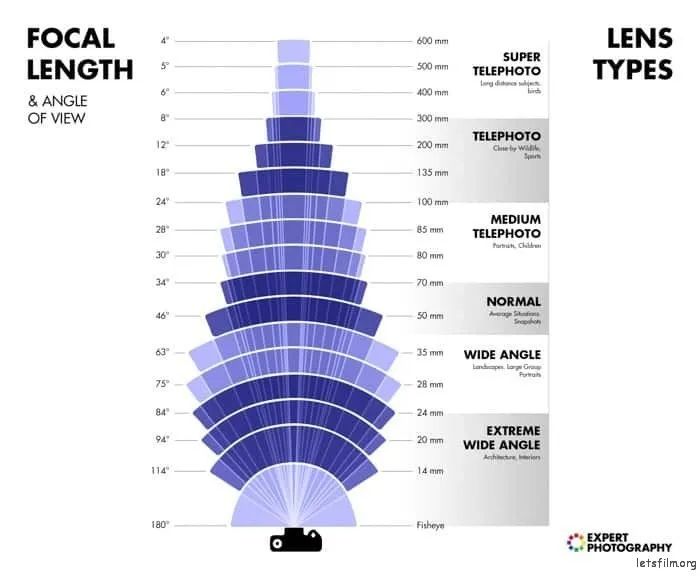
The focal length of the focal length we are accustomed to the full -frame is available. In fact, the size of the camera format is not used, and the perspective is different. It is also a 50mm perspective. On the full -frame, it is a 50mm lens. The picture of the 135 full -frame viewing angle on the camera requires almost 90mm focal length. On a mobile phone with a 1/1.8 -inch sensor, the perspective of 50mm full -frame is about 10mm.
Because the length of the focal length affects the depth of field, the longer the focal length, the easier it is to show shallow depth of field under the same conditions, which shows why the mobile phone is always so difficult to shoot. The mobile phone was resolved directly), and the middle format looked so beautiful.
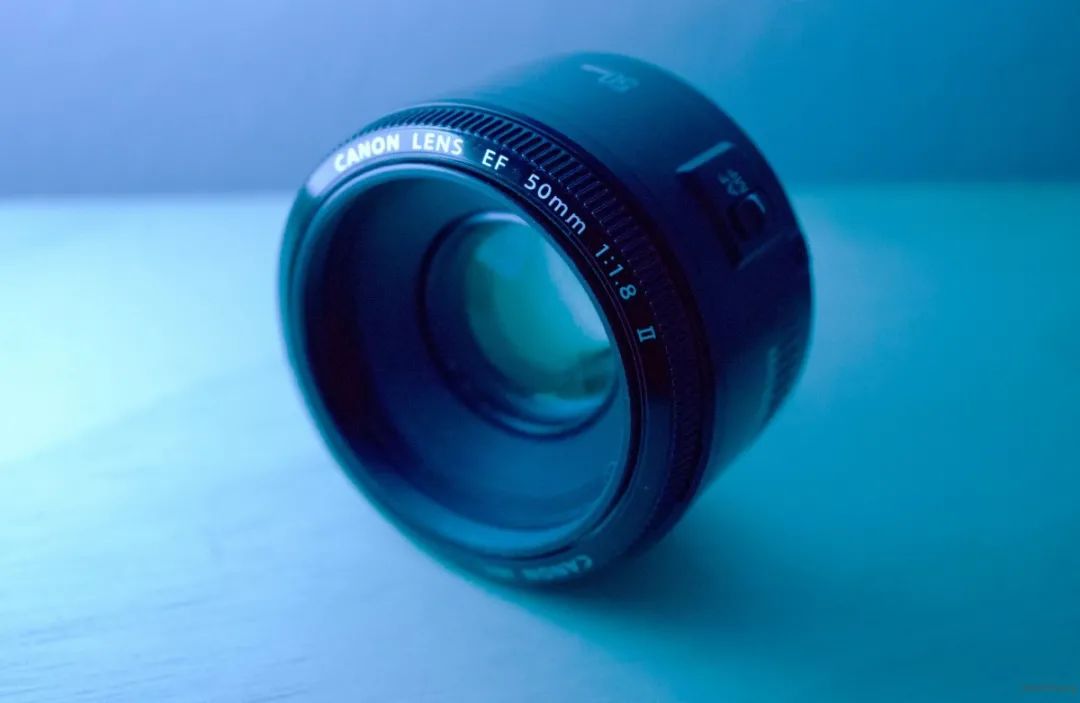
Photo by Dave Craige on Unsplash
If you want to say what people are most commonly used now, the answer may be an equivalent 28mm perspective, because most mobile phones's lens perspective is based on this. Before digital photography, the most common perspective of people may be the perspective of standard lens.
What is a standard lens? It is generally considered to be able to reproduce the lens of the "natural" perspective under normal conditions. It is called a standard lens. The standard lens is relatively speaking. ; Short -focused lenses are smaller in the field of viewing, called wide -angle lens.
For full -frame, the diagonal diagonal line is 43.3mm, so the standard lens matched by many cameras in the film era is 45mm or 50mm. Generally speaking The lens. Of course, there are also some classic lenses that will be completely close to the diagonal 43mm production standard lens, such as the FA 43mm f/1.9, one of the famous Binjia princesses.
For the APS-C frame, the diagonal diagonal is 30.1mm, so the 28mm or 35mm lens can be used as a standard lens on the APS-C body.
For the medium format in 645 formats, 75mm is a standard lens, 66 format, and 67 format medium -frame cameras, and 80mm and 90mm lenses are their standard lens focal lengths.
As mentioned above, the standard lens provides a similar perspective to the human eye, which gives people a natural feeling, because we are always used to seeing the world from the same perspective. Compared with the wide -angle lens, the distortion of the standard lens is small, which helps us to accept the world in the picture taken by the standard lens.
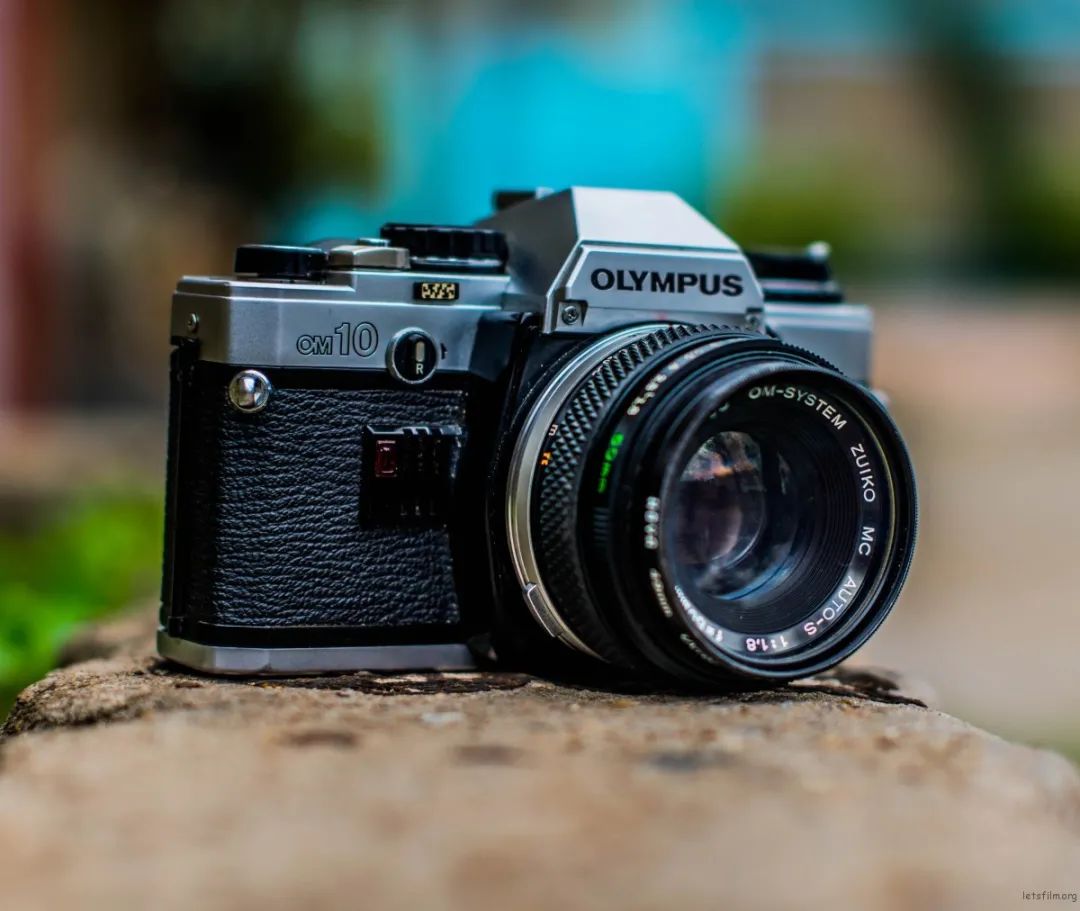
Photo by Terricks Noah on Unsplash
As mentioned above, the focusing angle of the focusing distance of our habit is for the full -frame 135 camera, and the size of the sensor is different. With the same focal length lens, the viewing angle is different. It is based on 135 full -frame, so we will also be used to 35mm equivalent focal length.
We are used to the focal length of less than the standard lens perspective as a wide -angle lens, and the lens greater than the standard lens perspective is called a telephoto lens. The 35mm equivalent focal length is obtained at the actual focal length multiplied by the focal length conversion rate. Typical focal length conversion rates such as Nikon and Sony APS-C format are 1.5 times, Canon's APS-C format is 1.6 times, M4/3 formats are 2 times, and ordinary digital cameras are about 5-6 times. The use of 35mm equivalent focal length will ignore the depth of the scene, and the older the light sensing element, the larger the scene.
When calculating the equivalent focal length, we can use the focal length conversion rate to convert. For example, the focal length conversion rate of the APS-C format is 1.5X, and the lens with a actual focal length of 50mm is used for the APS-C format camera that can be seen on the APS-C frame camera that can be seenThe actual perspective is almost equivalent to the perspective of a 75mm lens.The Fuji 56mm lens is almost equivalent to the perspective of the full -frame 85mm. The 23mm lens is almost equivalent to the perspective of the full -frame 35mm.The following is the size of the sensor below 135, which can be used as a simple reference.

- END -
After reading the new introduction written by Microsoft to Win11, I firm
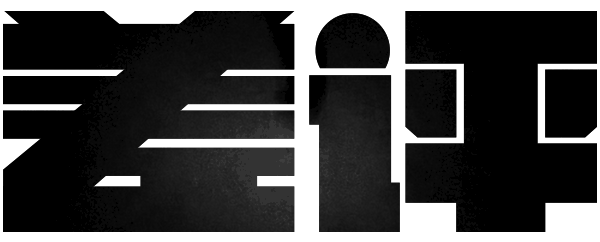
I don't know how many bad friends have upgraded the Windows11 system?Anyway, the W...
What is the Convedon effect?
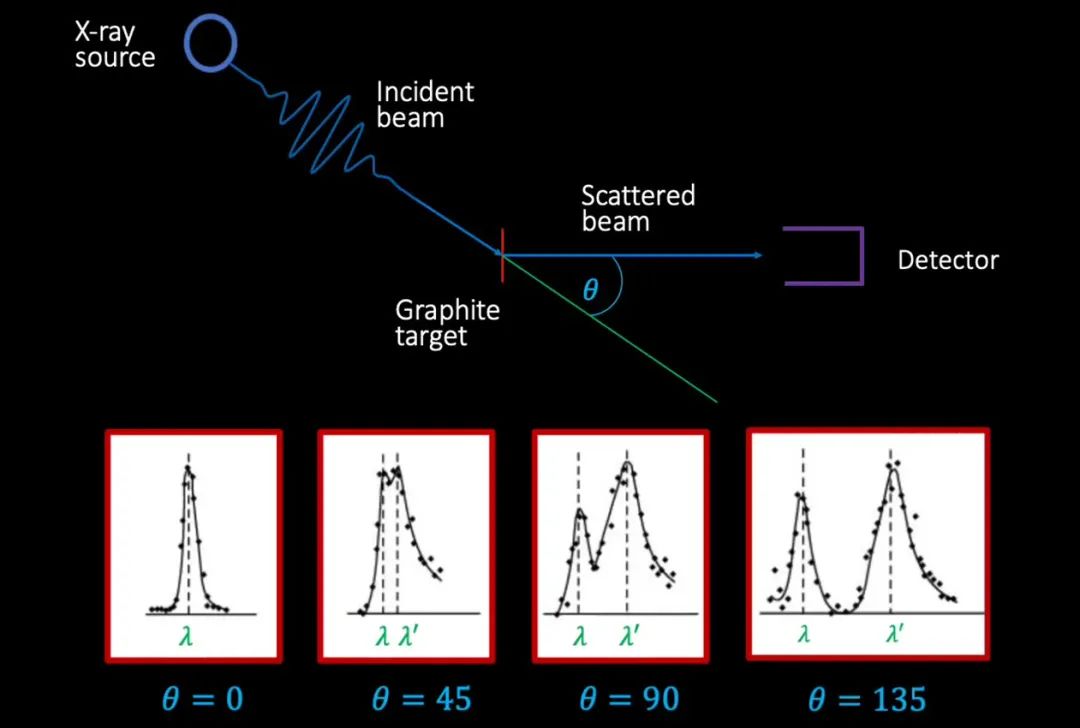
At the beginning of the 20th century, it was a period of unprecedented progress in...